OSRAM B15/B22 LED Lamps

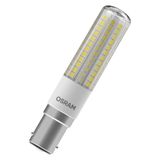


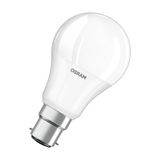
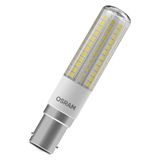
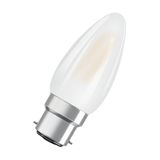




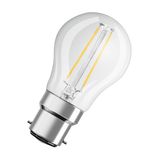


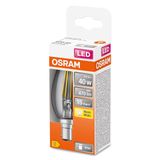


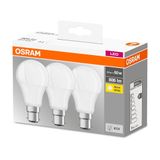


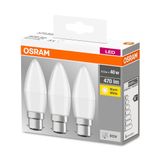
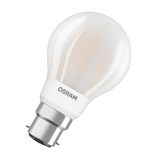
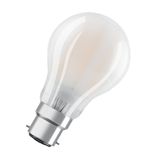


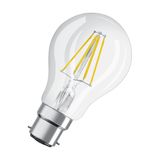




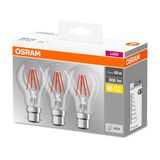

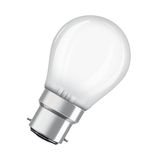
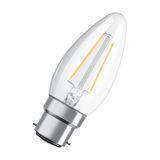


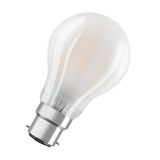
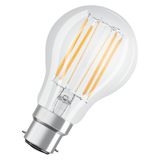






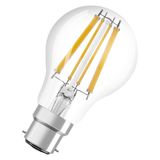






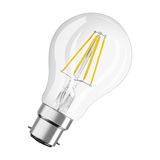

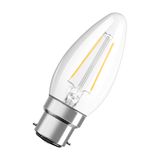

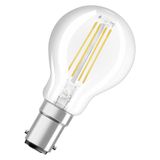




-
-
1
- 2
-
OSRAM LED B22 Bulbs – B22 base retrofit LED lamps
LED lamps with the B22 bayonet cap are a key upgrade point in decorative and general lighting installations where bayonet-fit holds firm. Use cases: hotel rooms, hospitality suites, display areas, residential-style luminaires, and any fixture with a B22 (bayonet cap) socket. Keywords: osram b22 led bulbs, osram b22 base leds, osram retrofit b22 lamps, osram decorative b22 lighting.
OSRAM B22 Base LED – Why engineers specify them
The B22d cap (also labelled BC-B22d) is still common in many regions for general lighting. When a facility has many B22 fittings, using OSRAM LED lamps in that base avoids rewiring or changing fixtures. The LED version delivers:
- Much lower wattage for the same luminous output, reducing energy and cooling loads.
- Lower heat—important in decorative luminaires or enclosed fixtures.
- Longer lifetime—fewer relamps, less labour in maintenance.
- Same base-form fit — keeps installation simple for retro-fits
For procurement, this means you can standardise across many rooms/fixtures, reduce stock types, and avoid rewiring new sockets
OSRAM LED B22 – Technical Specs and what to check
Here are typical specs:
- Power consumption: e.g., 6.5 W replacing ~60 W incandescent equivalent in a GLS shape.
- Luminous flux: ~806 lm output from 6.5 W LED in one example
- Colour temperature (CCT): 2700 K warm white is typical; other variants may go up to 4000 K.
- Colour rendering index (CRI): CRI ≥80 typical; indicates acceptable rendering for general lighting.
- Lifetime: e.g., 15,000 h rated life on one model
- Voltage: 220-240 V AC mains – direct fit.
- Shape & dimensions: GLS shape, Diameter 60 mm, Height 104 mm for one model.
- Beam spread: often ~300° for general lighting versions
What to check:
- Ensure the base type is B22d and the fixture uses bayonet cap — wrong base = bad fit.
- Confirm the lamp shape (GLS, Pear, Filament style) fits within clearance of existing shade or decorative cover.
- Cnfirm CCT/CRI suit the space (warm vs neutral, decorative vs task).
- onfirm dimming requirements: many LED B22 models are non-dimmable; if dimming is needed, ensure you select a dimmable variant and confirm compatibility with the dimmer.
- Verify fitting is tolerant of the height and diameter of the LED lamp — if the old lamp was shorter, the new LED may protrude or disturb shade geometry.
OSRAM B22 Range – Typical variants worth stocking
- OSRAM LED GLS 6.5 W B22 Dimmable Warm White Clear (≈806 lm, ~60 W equivalent)
- OSRAM LED B22 8.5 W Warm White (≈806 lm in one listing)
- OSRAM LED Retrofit Classic P B22d 4 W / 470 lm (≈40 W halogen equivalent)
- OSRAM LED Star Classic 2.5 W Golfball B22 Warm White (≈25 W equivalent decorative)
For a maintenance or retrofit programme, you might choose:
- Low-output decorative B22 LED for accent lighting (2.5-4 W).
- General ambient B22 LED for rooms (6-8 W, 2700 K or 3000 K).
- High-flux variant if large decorative fitting needing high lumen output.
Procurement & Maintenance Considerations
- When replacing many fixtures, standardise on one CCT and one variant size to simplify spares and maintain colour consistency.
- For decorative fittings, ensure the B22 LED’s height doesn’t affect shade geometry or shadow patterns.
- In dimmed circuits: verify the dimmable version if required; non-dimmable will cause flicker or reduced life.
- If you’re retrofitting old halogen B22 lamps (40-60 W), check that the lighting level (lux) remains acceptable with the LED equivalent – some older lamps were higher wattage for brightness, not just decorative.
- Maintenance intervals extend significantly, but keep lamp batch information for future replacements to avoid visible variation in colour or brightness between lamps.
- Consider heat and ventilation: although LED generates less heat, in an enclosed decorative fitting you still need to ensure no thermal risk.
Comon mistakes: mixing warm white (2700 K) and neutral white (4000 K) in the same zone; choosing non-dimmable LED where dimming is used; overlooking the shape/length difference so the LED sticks out of shade.